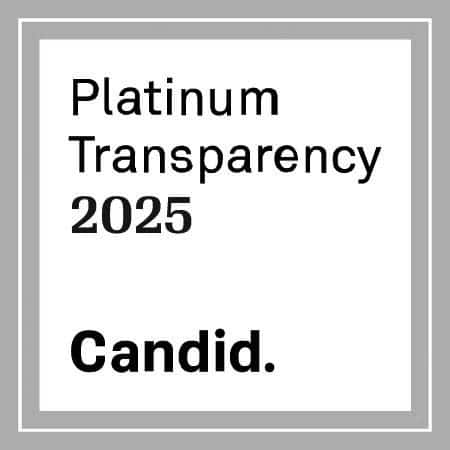If you have had the privilege to sponsor a child through the JMI Sponsorship program, you have likely been confused by the terminology the children use to describe their school experiences. Having sponsored children for many years, I was often unsure how their system worked. Now that I’m living here, I’ve gotten a better grasp on the system and aim to help the curious sponsor understand, too! The school year in Moldova always starts on September 1 each year and typically ends on May 31, or mid-June for those who have exams.
Young Moldovan children are often said to be in “kindergarten.” However, kindergarten does not mean the mandatory year before first grade, but US preschool. It is not mandatory, and children can begin as early as the age of two and a half or three years old. Many children in smaller villages do not have the opportunity for this head start on learning, some arriving for first grade without knowing their numbers and letters.
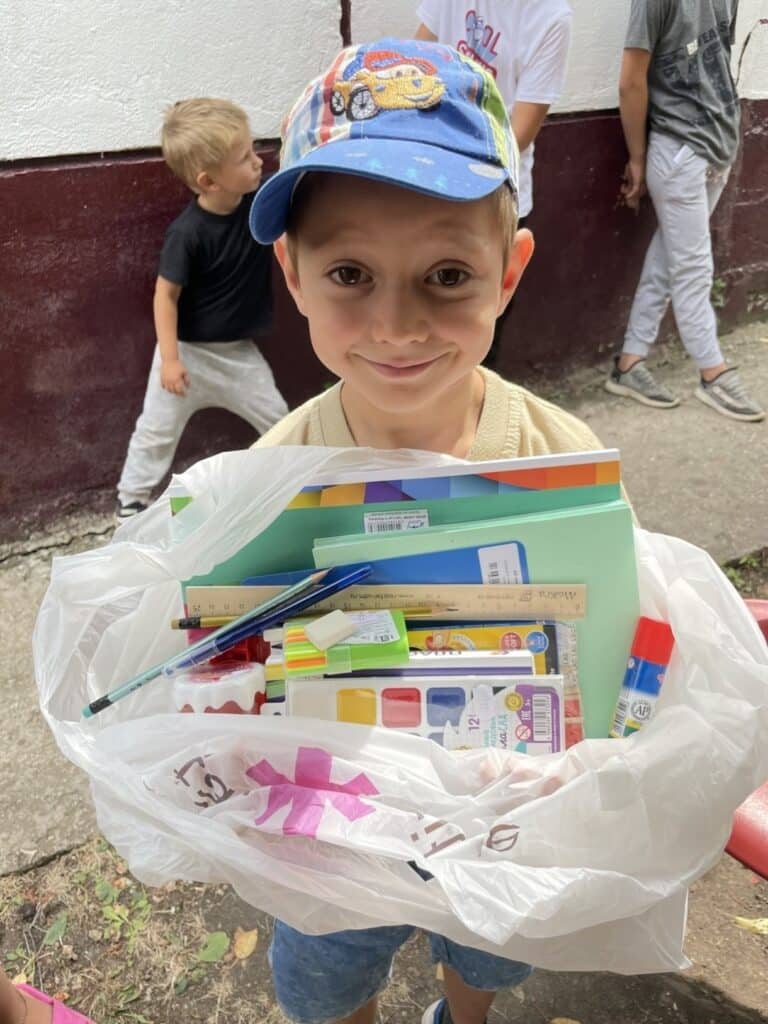
“Primary school” in Moldova includes the first through fourth grades. Moldovan children typically start first grade at the age of six or seven years old, but it ultimately depends on their stage of development. Moldova calls each grade level, “class”, so your child may tell you they are in Class 3, for example, which is their 3rd grade. When they say, “marks”, they are referring to their scores for individual subjects. Moldovan schools use a scale of 1 to 10 for grading, so if your child tells you they received a mark of 8 for mathematics, just think of it as a percentage.
Unlike US schools, at the end of the fourth grade, children must pass a national exam to move to fifth grade. When your younger sponsored child tells you they are worried or anxious because they have “their exam” coming up, this is likely the exam they are talking about. I am told most children pass the exam, but it is a stressful time for them so your encouragement and prayers are always very helpful.
The next level of school for Moldovan children is the lower secondary school called “gymnasium,” not to be confused with the American meaning of gymnasium. “Gymnasium” means grades five through nine as we know them in America. And, like their primary school, to graduate from the ninth grade, you must pass a national exam to get your “certificate of completion of gymnasium.” This is again, a very stressful time in the life of your child as it determines where they can go for their next level of education.
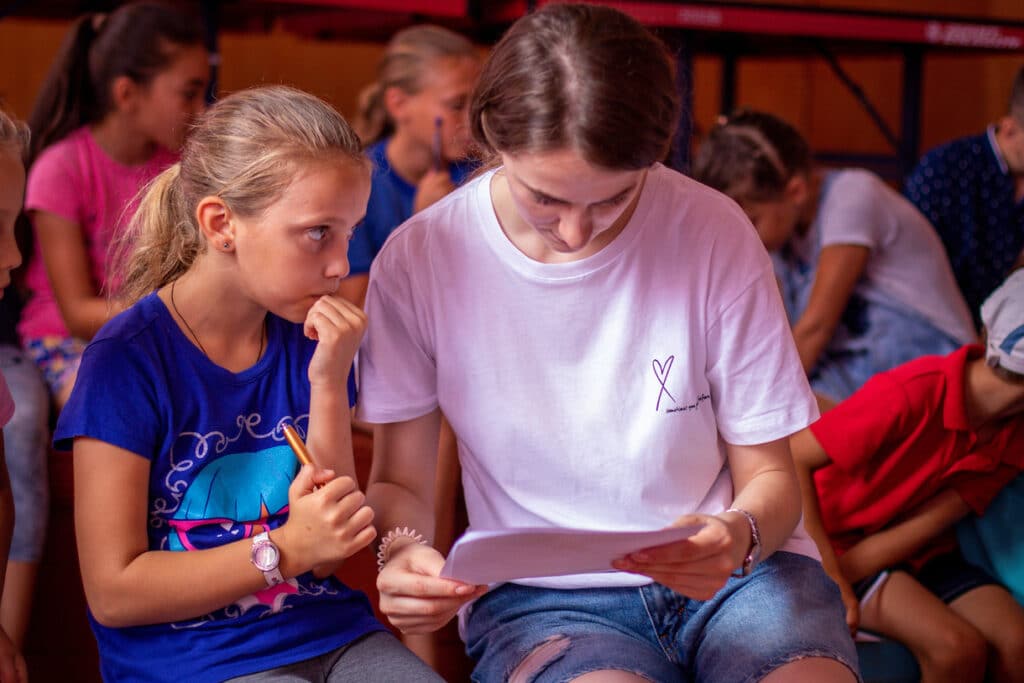
Because only the completion of the 9th grade is required in Moldova, many kids do not advance their studies any further. Those who choose to continue their studies next go to upper secondary school. It is made up of essentially three paths that the student can choose.
The first path for rising 10th graders is officially called “lyceum” which is what Americans call “high school”. When they complete the twelfth grade, they study for another national exam, and if they pass, they receive a baccalaureate diploma, equivalent to a high school diploma in the US. The baccalaureate exam is not easy and students often have to take it a second time. They are only allowed to take it twice in consecutive years, so if they do not pass, they do not get the baccalaureate diploma that is required for advancing to university.
The second path for rising 10th graders is to attend “professional school” for two to four years. These are trade schools that offer specialized courses in disciplines like sewing, cooking, electrical, plumbing, HVAC, auto mechanics, hotel services, bookkeeping, and many others. Some of these schools are free, and some require payment for tuition, tools, and equipment. This option is also open to those who attempted but were unable to obtain their baccalaureate diploma. The final path is typically a four-year program that combines the lyceum baccalaureate program (high school) with one of the professional (technical) school curriculums.
The typical four-year college/university in Moldova (always called “university”) is the same as in the US, though there are only a couple of universities here. Tuition is expensive, and most Moldovan colleges do not have dormitories, which means students often work throughout their time at university in order to live on their own.
That is Moldovan education in a nutshell. With the help of a quick cheat sheet for those pesky word usage differences below, hopefully, next time your sponsored child is in kindergarten at three, is excited about a “gymnasium” certificate, says they are in college but are only 15 or 16 years old, or studies for their baccalaureate exam, you’ll have a better sense of what they are trying to tell you.
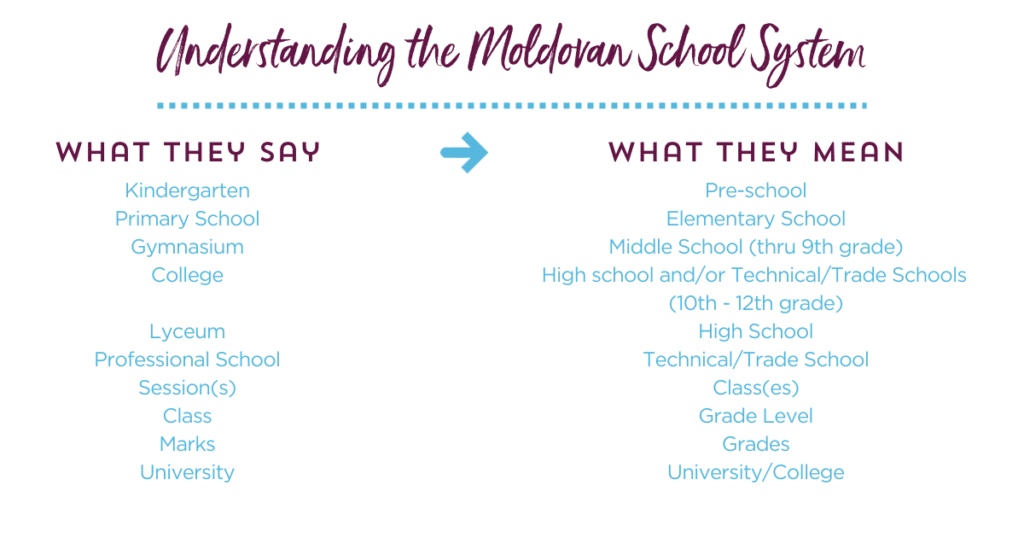





 304 44th Ave. N
304 44th Ave. N